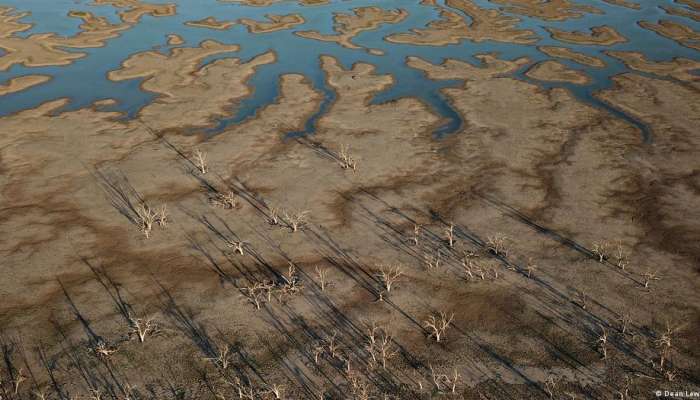
The US National Oceanic and Atmospheric Administration (NOAA) announced on Thursday that the expected, sThe US National Oceanic and Atmospheric Administration (NOAA) announced on Thursday that the expected, so-called El Nino phenomenon has arrived.
"Depending on its strength, El Nino can cause a range of impacts, such as increasing the risk of heavy rainfall and droughts in certain locations around the world," the NOAA quoted as saying Michelle L'Heureux, climate scientist at the Climate Prediction Center.
"Climate change can exacerbate or mitigate certain impacts related to El Nino. For example, El Nino could lead to new records for temperatures, particularly in areas that already experience above-average temperatures during El Nino."
El Nino often brings increased rainfall to southern South America, central Asia and the Horn of Africa, raising hopes that it may bring an end to droughts there. However, the climate pattern is also associated with an increased risk of droughts in other areas such as Australia, Indonesia and parts of southern Asia.
Earlier this week, Australia warned that El Nino would deliver warmer, drier days to the country that is already vulnerable to wildfires.
Japan has partly blamed the climate pattern for its warmest spring on record.
In the United States, El Nino has a relatively weaker effect in the summer, but gets stronger starting from late fall through spring, according to the NOAA.
While El Nino has a suppressive effect on hurricane activity in the Atlantic, it usually boosts typhoon activity in the central and eastern Pacific.
What is El Nino?
The climate pattern takes place every two to seven years on average. The word El Nino is Spanish for "Little Boy," and it refers to the warm phase of the El Nino-Southern Oscillation.
It starts largely because of unusually warm waters in the eastern Pacific, and is likely formed when the trade winds blowing east-to-west along the equatorial Pacific slow down or reverse as air pressure changes.
Before this period of El Nino began, the average global sea surface temperature in May was already about 0.1 Celsius (0.2 Fahrenheit) higher than any other on record.
The warming effects of El Nino last occurred from 2018 to 2019, and was followed by a cooling period, known as La Nina, from 2020 until its return.
La Nina, Spanish for "Little Girl," is El Nino's colder counterpart, during which sea surface temperatures in the eastern and central Pacific Ocean near the equator are lower than normal.
The strongest El Nino effects on record were in the 2015 and 2016 period, when nearly a third of the corals on Australia's Great Barrier Reef died.